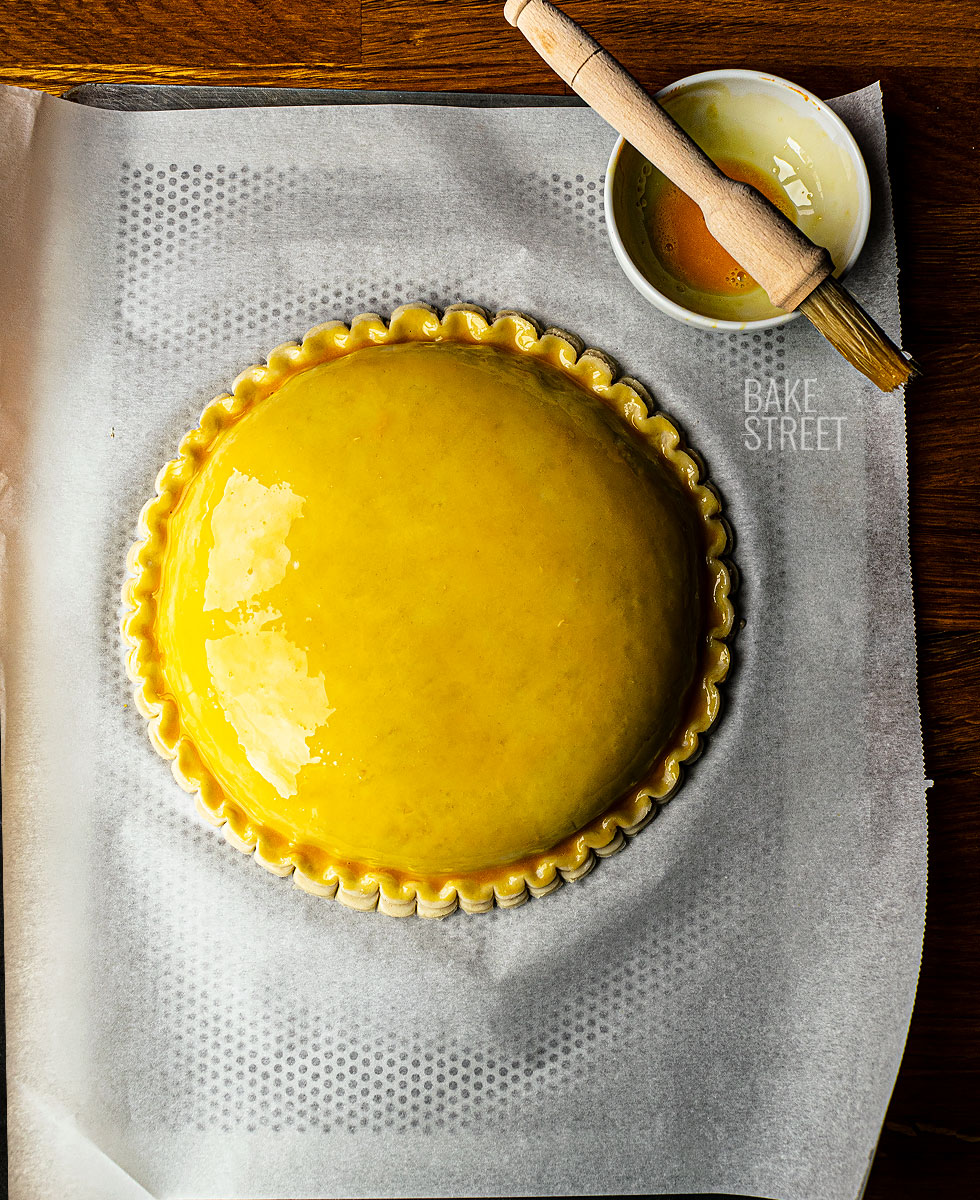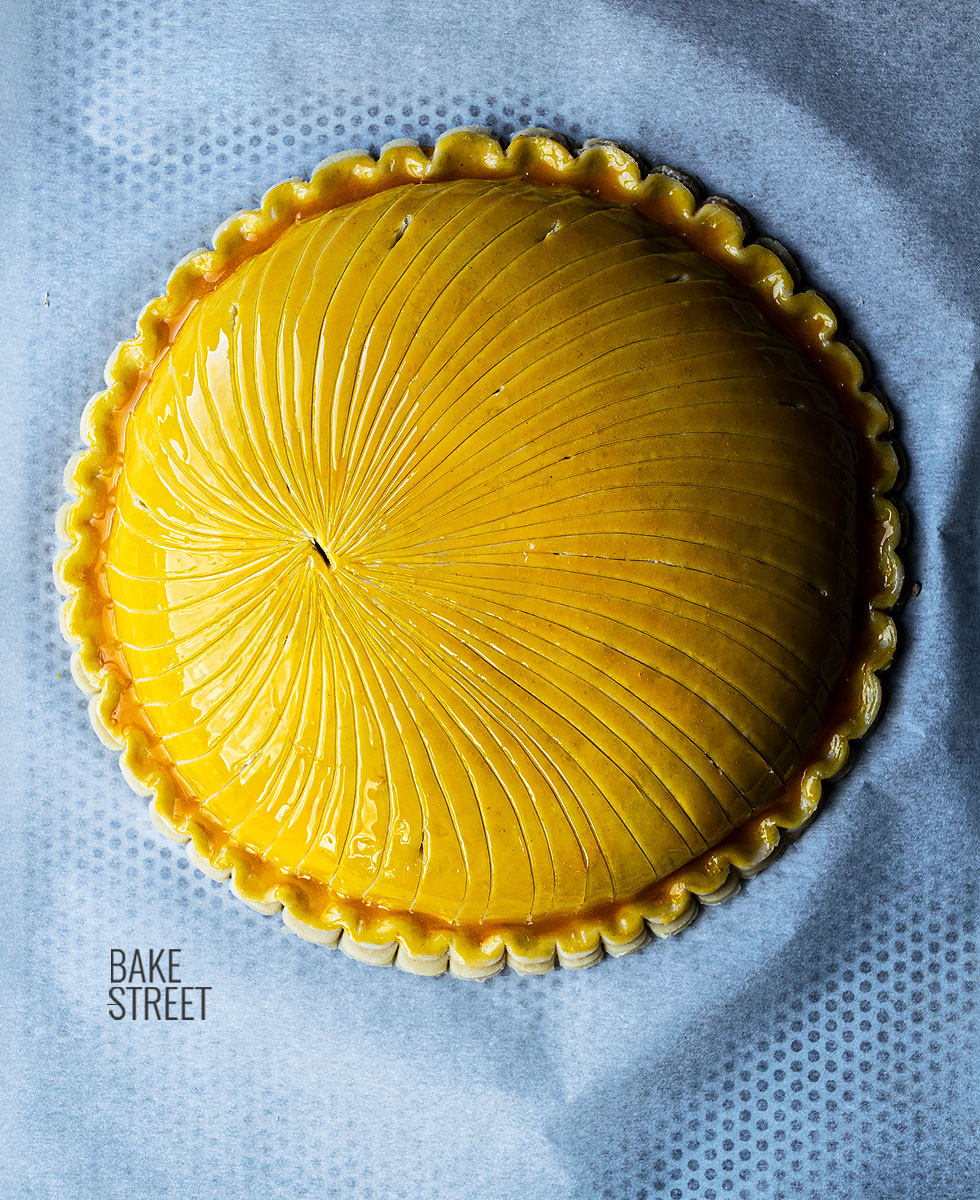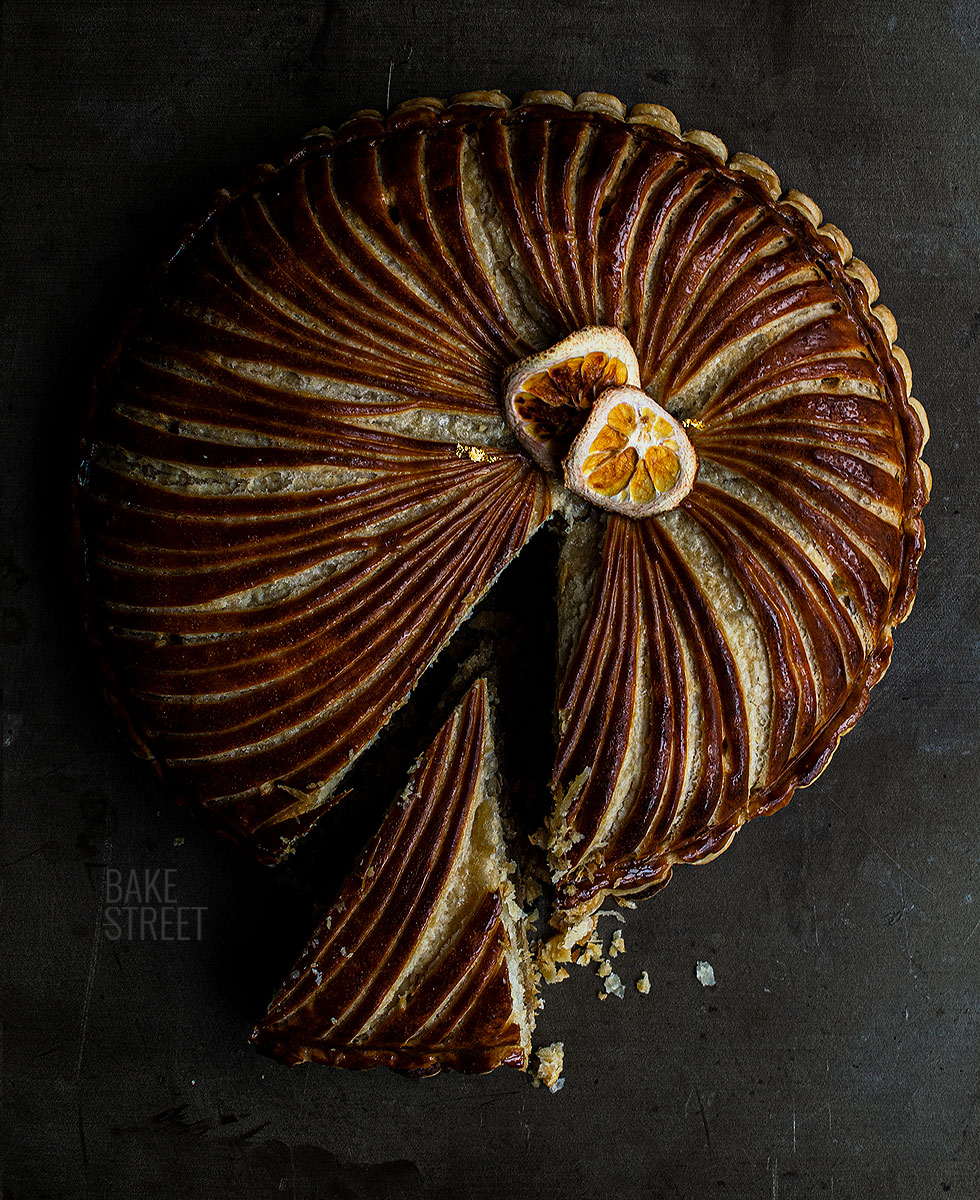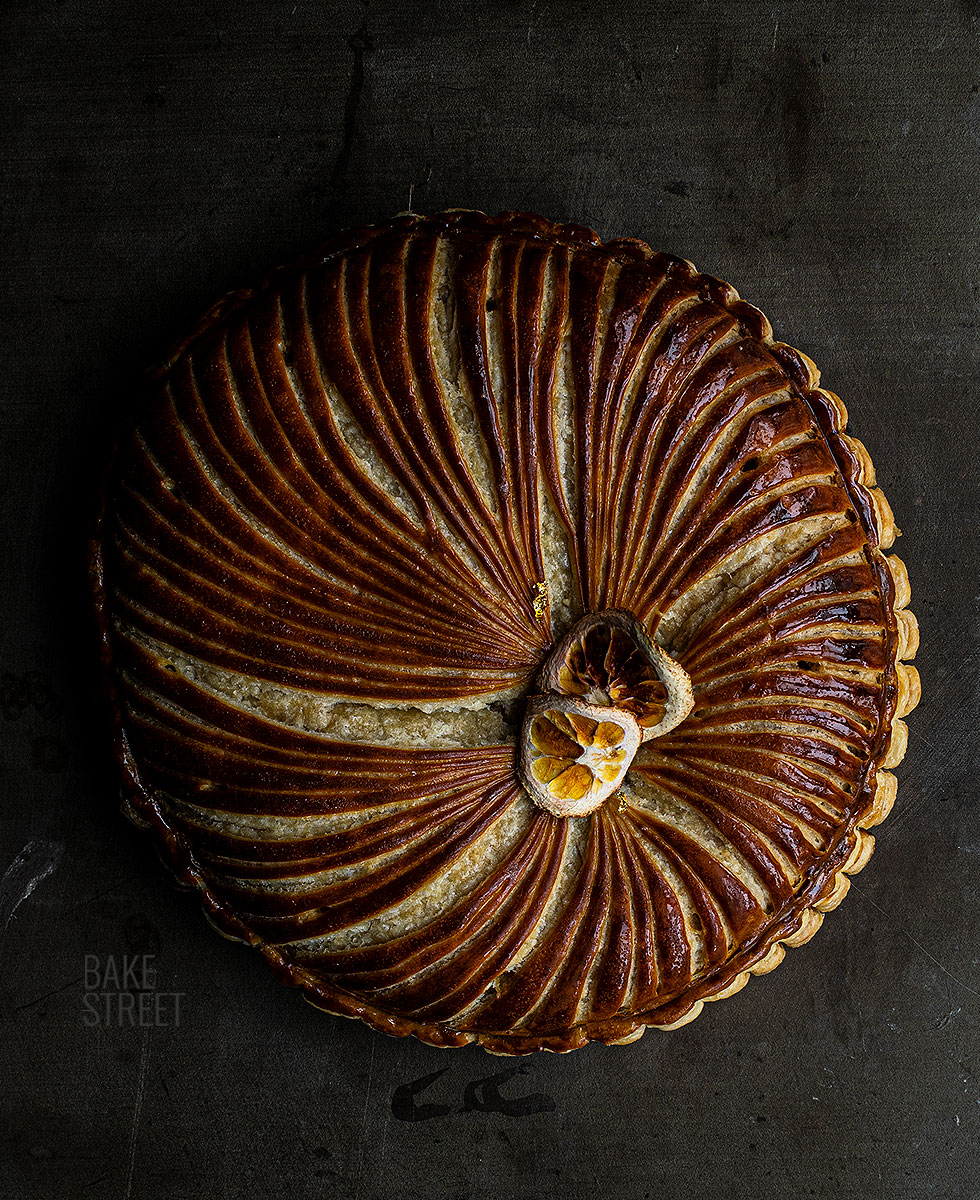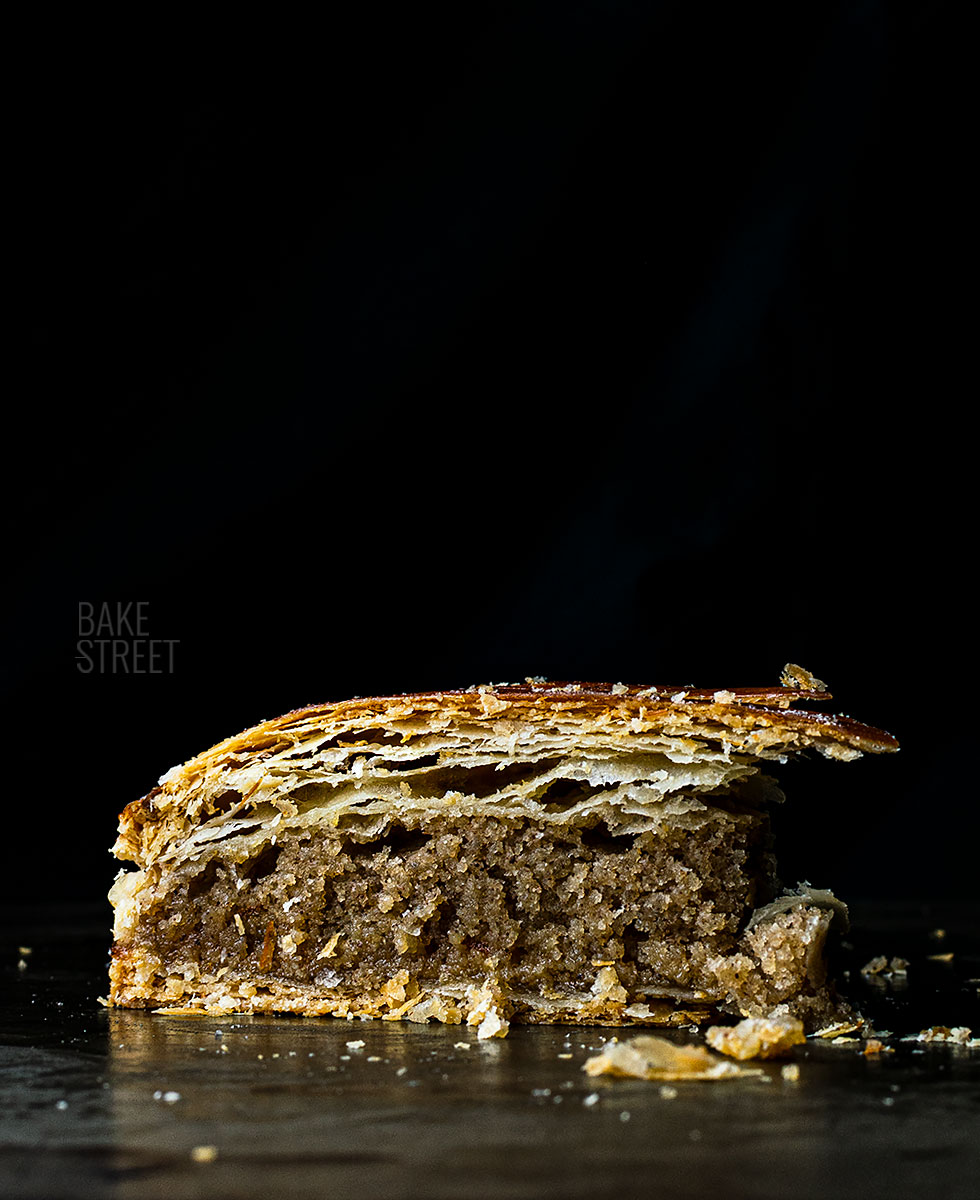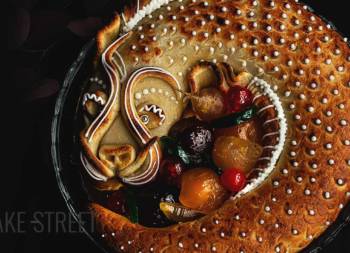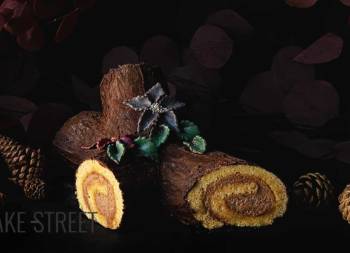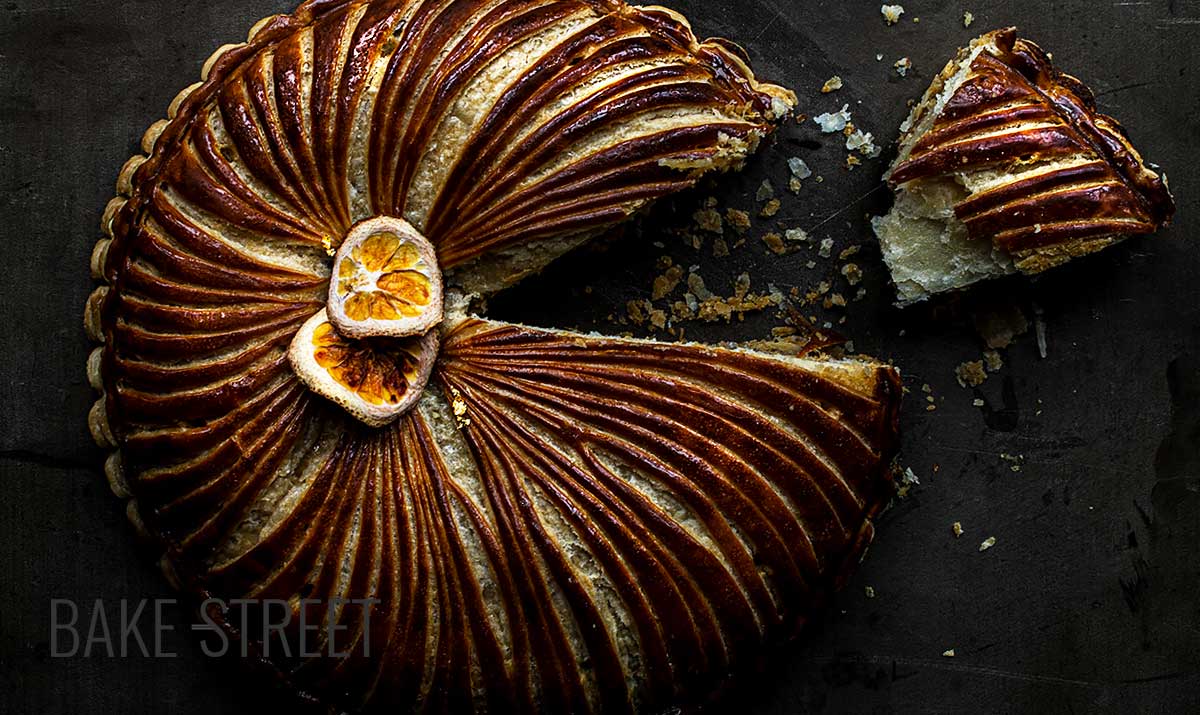
Galette des Rois, bitter orange and spices
I know I told you I’d bring you a recipe for Panettone for Christmas. But, uh, it’s not gonna be possible. The reason is not that I don’t want to publish it, but the day I do, I want to do it with a process that works. I can share with you the why of each thing, how to solve the possible problems (that will arise, I assure you)… And that requires a lot of time for testing. In fact, I’ve been making panettone every other day for weeks, but I think I have a few more months left, hahaha. In any case, today I come with this Galette des Rois, to compensate for these almost two weeks without video recipe, because I have been immersed in panettones. I’m still with them, but combining more things since I’ve seen that it’s a very long way.
If you want to surprise your family at this time of the year, I can’t think of a better option than this one. Ok, yes, it’s true that I’ve left you many wonderful… But this is definitely another option to keep in mind.
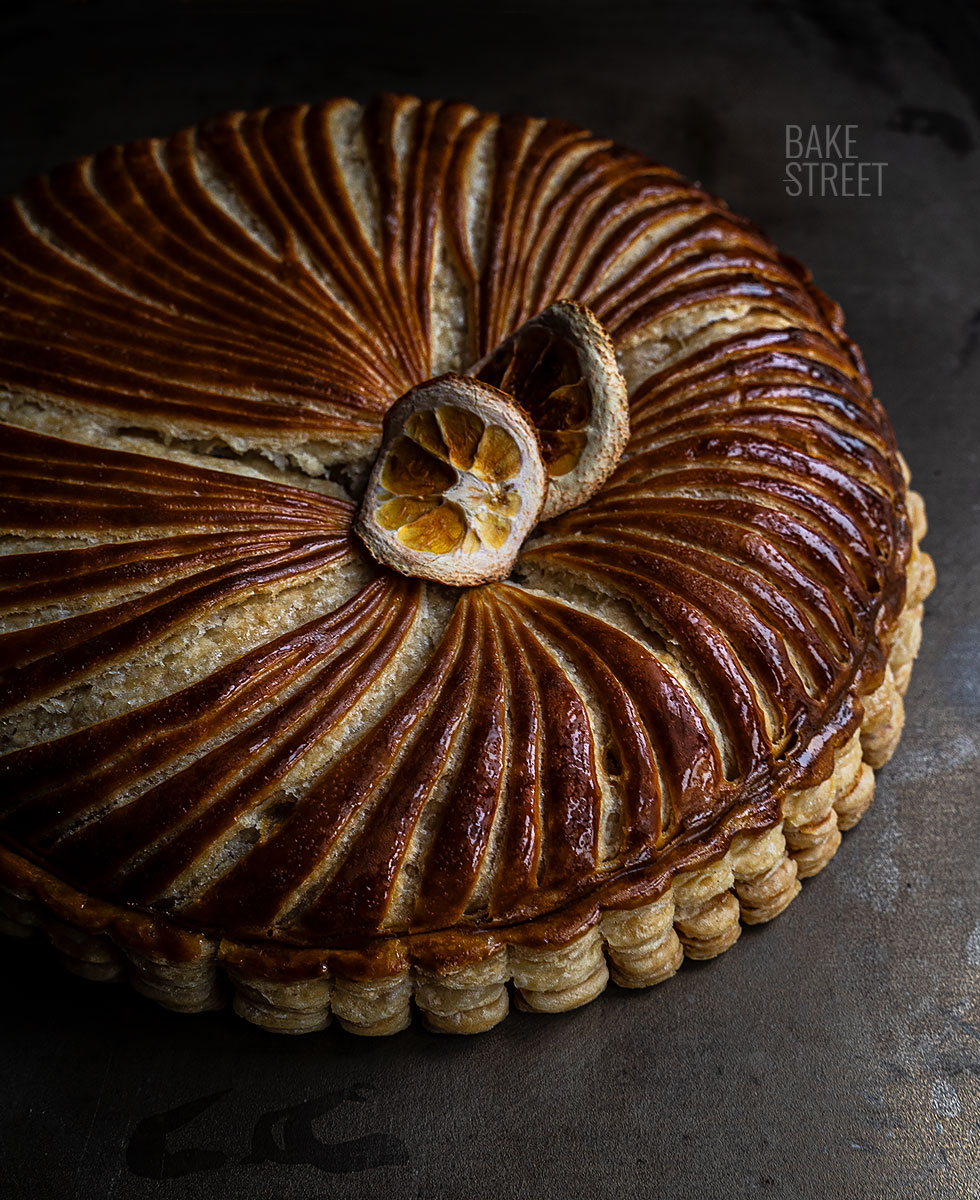
Galette des Rois origin.
Galette des Rois, is a cake traditionally prepared and consumed in France, Quebec, Acadia, Switzerland, Luxembourg, Belgium and Lebanon during the Epiphany, a Christian feast, celebrated on January 6th of each year. It is a cake made with puff pastry and frangipane/almond cream filling. Classic, simple and spectacular.
Despite being associated with the Christian era, despite the fact that many Calvinists, Lutherans and some Catholics opposed this pagan custom, it has an earlier origin.
Apparently, on the feasts dedicated to Saturn, it was customary to “designate the royalty”.
Galette des Rois, has its origin in Saturnalia, Roman festivals held between late December and early January, where the Romans designated a slave to be “king for a day”. These festivals of Saturn, favored the inversion of roles to thwart the harmful days of Saturn, Greek deity chthonian or telluric (of the earth).
During the feast, within each family, the Romans used the bean of this cake to award the prize of being the “Saturnalicius princeps” (Prince of Saturnalia or King of Disorder). The designated one enjoyed being “king for a day”, this one had the power to grant all his wishes during that day. He/she could even “give orders”, but the next day he could be executed or return to his life as a servant. This only “improved” his/her life for a few hours.
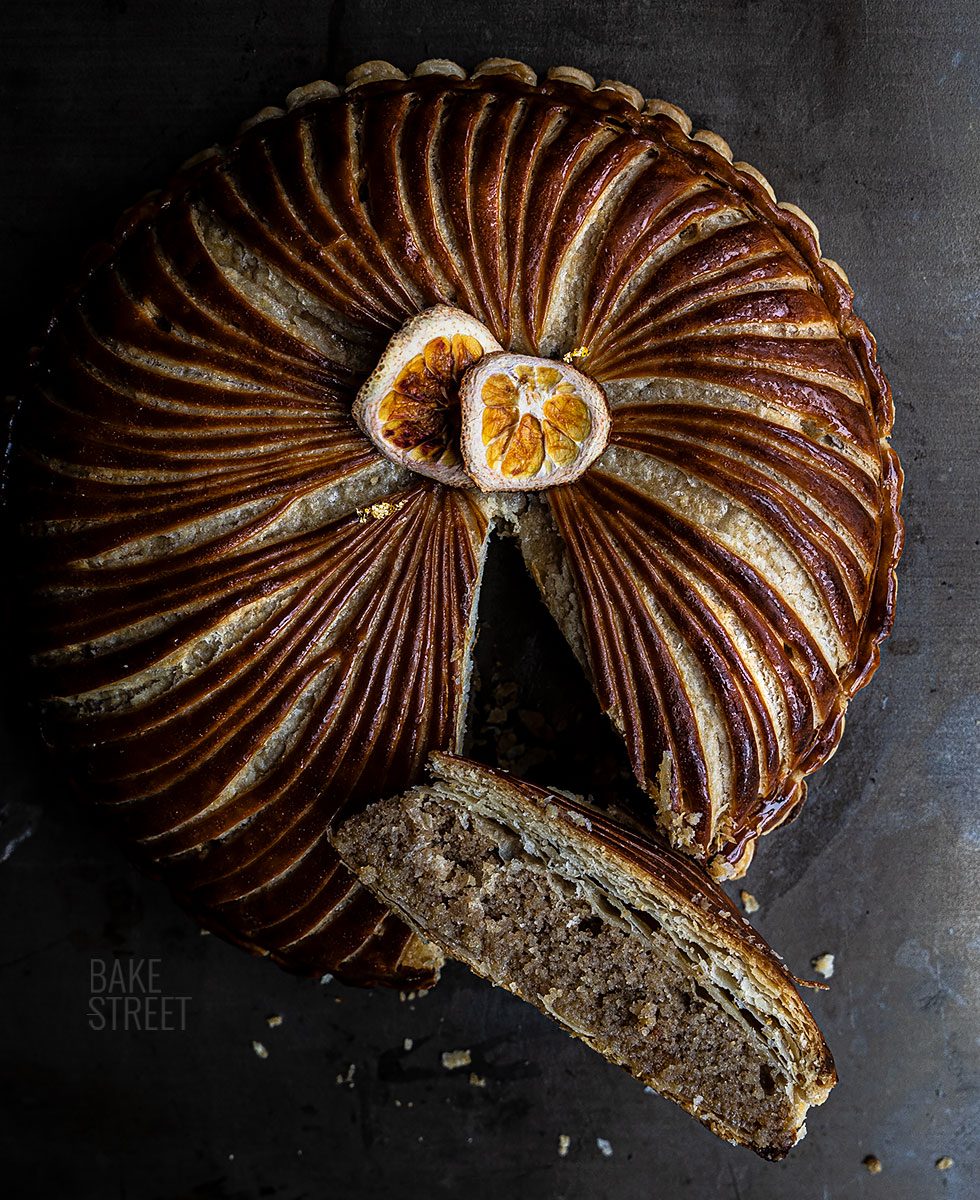
They had a very curious way of distributing the galette portions so that it was randomly among the attendees. The youngest child, who is called Phoebe (Febo or Apollo, referring to a person in the innocence of age who should represent the oracle of Apollo) is placed under the table and an older child cuts the portions. The child named the beneficiary of each portion. In this way the pieces were distributed, including the one with the bean, until it was given to someone. The recipient enjoyed being “king for a day”.
Over time, this tradition was continued. As many portions were cut as there were guests in the house plus one more piece that was reserved in case some poor person knocked on the door that day.
Today, many households continue the tradition of cutting the portions and having a small child, an innocent hand, divide the portions randomly among the guests. The winner of the bean is given his crown and must also pay for the galette.
If you look, it’s the same tradition we follow (in Spain) with our Roscón de Reyes.
The Middle Ages.
It is said that Luis II de Borbón wanted to show his piety on Three Kings Day by choosing the poorest boy in the whole city to be king for one day. He chose an eight-year-old boy, dressed him in royal robes and had his own officers serve him. The next day, when the boy was to leave the palace, the King gave him 40 francs. In addition, each knight was to give him one franc and the squires half a franc. The child collected a total of 100 francs which was given to his parents so that their child could be educated in school.
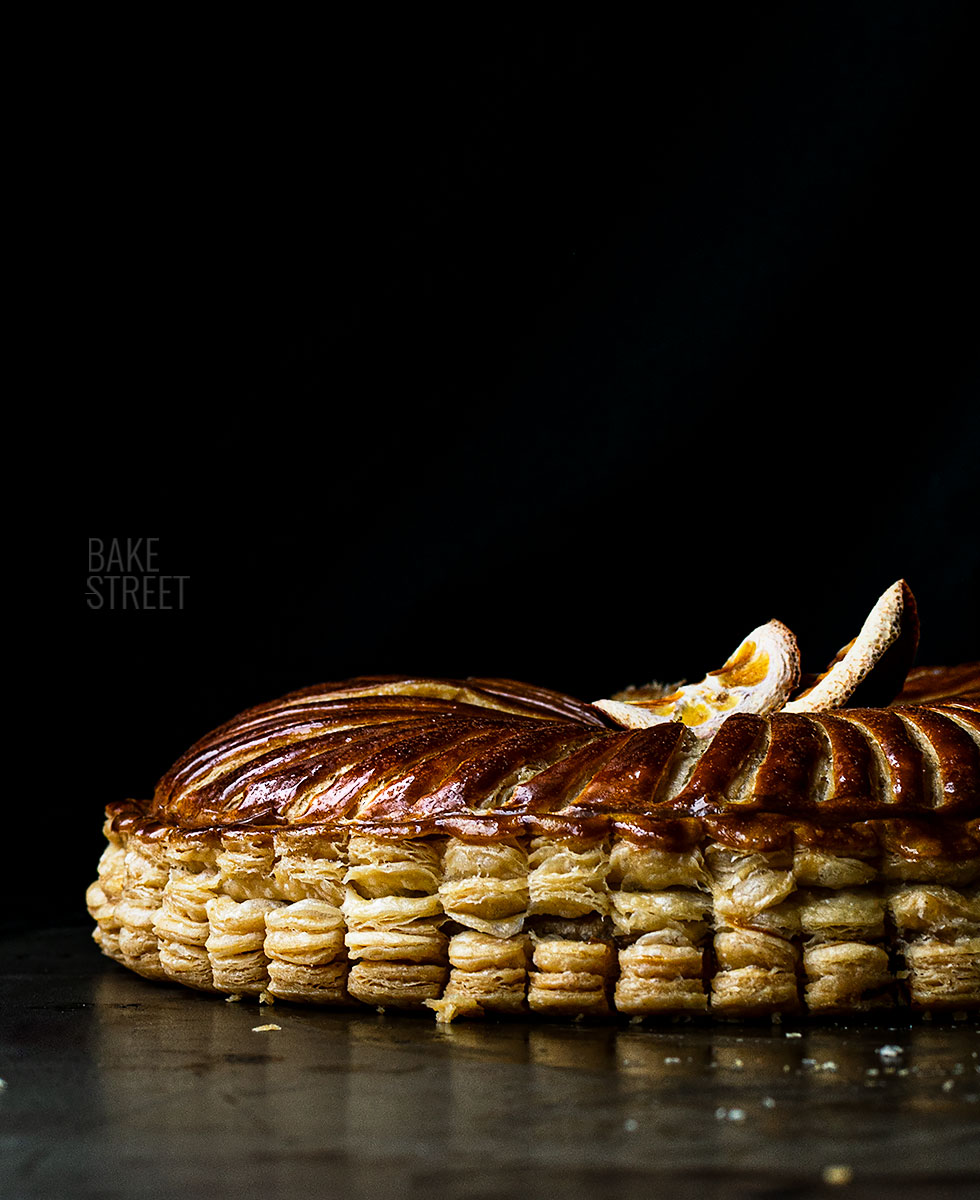
¿Galette des Rois or Pithiviers?
In Paris it is called “Galette“, but we can also find it under the name of “Pithiviers“, named after the city where it was born in the Loiret region.
The Galette that is made today is just as it was made in ancient times. The pastry dough dates from the 17th century and was invented by the pastry chef Marechal Condé, although others believe that it was the painter Claude Gelée (painter and pastry chef) who invented it. But this type of puff pastry or laminated dough dates back much further. The Greeks already worked with phyllo dough.
The original Pithiviers, has nothing to do with the current Galette. This sweet has its origins in Gallic culture.
Pithiviers in the ancient Gallic language means “four”, in this case it would be a crossroads. It was a prosperous area since it was a commercial epicentre, almost all the routes from all corners of Europe converged in this city. The Gauls traded a wide variety of raw materials, almonds being one of them.
This is how the sponge cake, Pithiviers, came about, made from ground almonds, sugar, butter and eggs. If you look at it, there is a great similarity, if not the same, as the almond cream used to fill the Galette des Rois.
The difference is that the Pithiviers, after baking, is covered with a glaze made of icing sugar and water. Finally, it is decorated with candied fruits.
Both preparations, the sponge cake with icing and the almond cream cake covered with puff pastry, are sold in Pithiviers as classic and traditional local sweets.
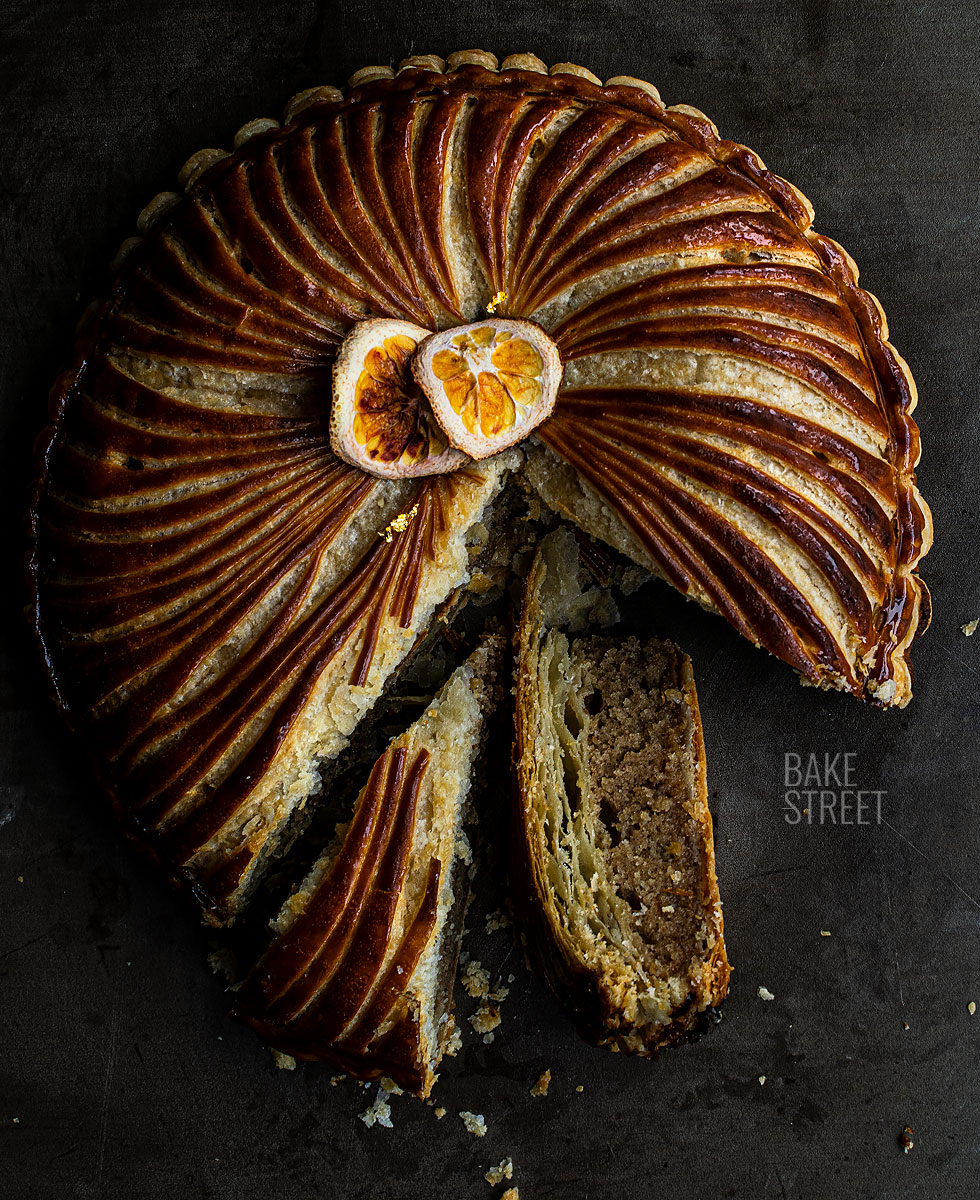
Frangipane and almond cream.
When we make the galette, or any other sweet made with this type of cream, we must differentiate well between frangipane and almond cream. Because it’s not the same.
- Almond cream: Made exclusively with almonds, butter, eggs and sugar. This option is more expensive. It is usually used in bakeries and artisan pastry-shops.
- Frangipane: It is a mixture of almond cream (2/3) with pastry cream (1/3). This option is more economical. It is usually the most used in the industry.
The almond cream came to us thanks to Maria de Medici, wife of Henry IV, who, on leaving Italy to get married, was given the recipe for “almond cream” by the chef of her greatest suitor. The Count of Frangipani around 1580.
Transformations over time.
During the revolutionary period, it seems that the Galette des Rois was not very civic-minded. So the figurine of the baby Jesus (representing the bean) was replaced by a bonnet phrygien, the flagship cap of the French revolution. Moreover, one did not choose to be king, it was not republican to crown someone “king for a day”.
The concept of the “bean” has changed and is even adapted to the purchasing power of each person. There could even be gold pieces inside. From 1870, the beans were replaced by porcelain figures or, even today, some plastic ones.
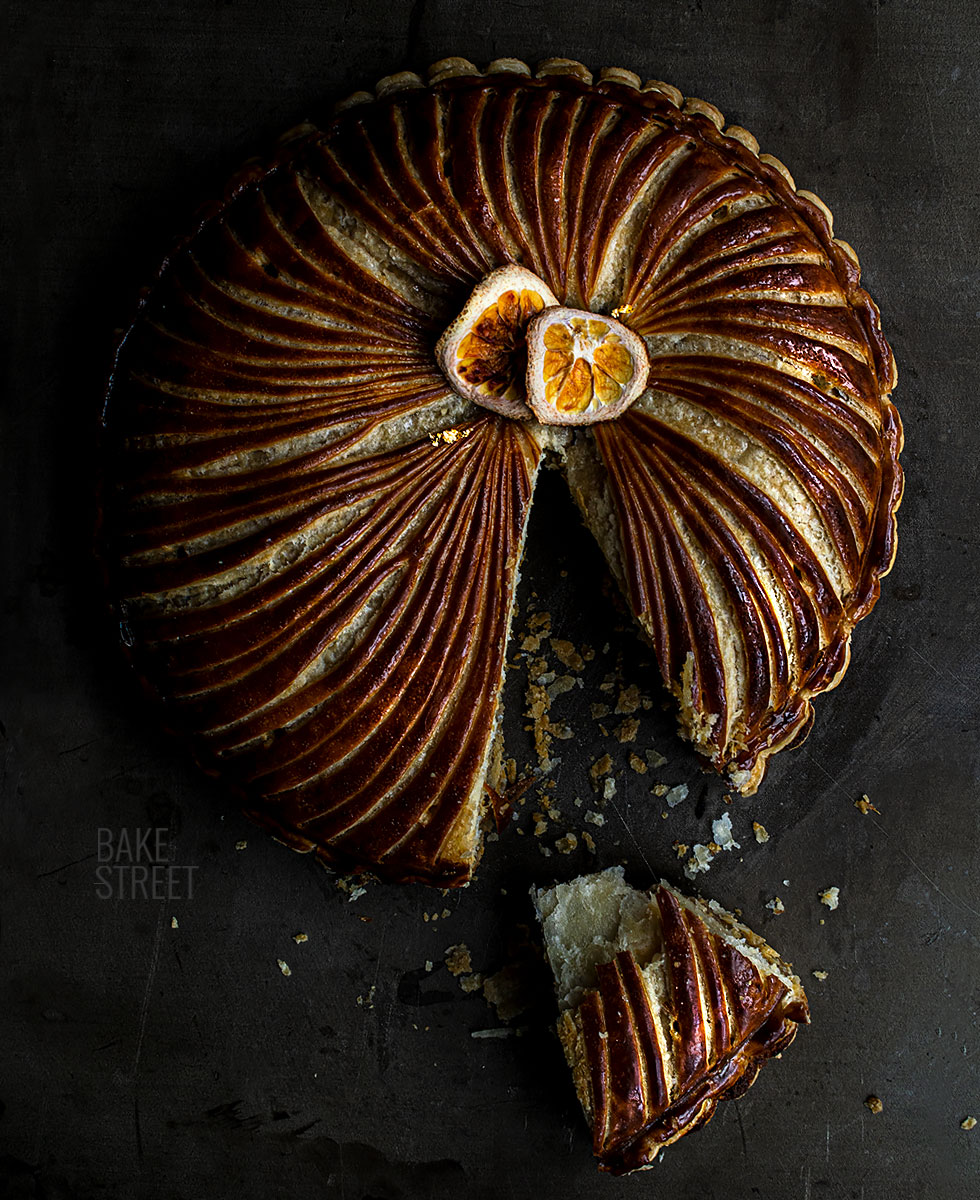
Preparing the Galette des Rois at home.
My version has a different touch from the traditional recipe. I felt like giving it Christmas flavors. Of course, in case you don’t want to add oranges and spices, you just have to omit them and carry out the rest of the recipe as I explain.
The galette I have made is slightly inspired by the Pain d’ épices.. I have added spices (cinnamon, ginger and all spices) to the almond cream, as well as pieces of candied orange (in this post you can see how I make them), accompanied by a fine base of bitter orange jam. For me the taste is extraordinary, the combination of the bitter touch together with the spices and the sweet. But, I recognize that this is only for those palates that love bitter orange.
Making this traditional sweet at home is very easy. Besides, we have an advantage and that is that it doesn’t need to be eaten at all, something that allows us to organize ourselves very well with the hustle and bustle of these days.
It can be done with homemade or store-bought puff pastry, but keep in mind that with the latter the results will not be good. In fact the difference in taste, texture, presence… has nothing to do with it. I assure you.
To simplify the process a bit, I’ll show you how to make it with quick/blitz puff pastry. Without complex laminates or anything like that. Just as I taught you when I left you the recipe for Carbayones from Oviedo. We can leave the puff pastry done the previous afternoon, the next morning assemble the galette, fill it (we only have to mix the ingredients) and bake it. We only have to let the galette rest for a few hours in the fridge, but it does not need our attention. Ready to enjoy at midday or in the afternoon/evening. Your family will love you forever and ever 😉
In my case I haven’t put the traditional bean or figurine in the filling, I have them reserved for the dates when I’m going to make them again (together with Roscón de Reyes), but it’s so simple as to put it on the cream and press it gently. Do not cheat by making a mark on the pastry to know where it is, eh? 😉
Ingredients for 8,65 inches galette
FOR QUICK/BLITZ PUFF PASTRY:
- 230 g cake/pastry flour, cold + 20 g for sprinkle
- 230 g unsalted butter, cold
- 100 g very cold water, from the fridge
- 5 g sugar
- 4 g salt
FOR ALMOND CREAM WITH SPICES:
- 125 g ground almonds
- 100 g icing sugar
- 100 g unsalted butter at room temperature
- 2 medium eggs
- 1 tsp vanilla extract
- 1/2 tsp ginger powder
- 3/4 tsp cinnamon powder
- 1/4 tsp all spices
FOR FILL:
- 130 g bitter orange jam
- 45 g candied orange, cut in pieces (recipe in this link)
FOR BRUSH:
- 2 medium egg yolks
FOR THE SYRUP (OPTIONAL):
- 30 g water
- 30 g sugar
FOR DECORATE:
- dehydrated orange
- edible gold leaf
Instructions
Make Blitz puff pastry.
- To see how to make blitz puff pastry, you can read the whole process accompanied by a video in this post.
- Once you have made it, you can use it after 30 minutes in the fridge or leave it overnight to use it the next day.
Stretch the dough and cut the discs.
- Lightly sprinkle a work surface with flour.
- Stretch the dough, this time we will do it until we reach a size about 22 x 14 inches/55 x 35 cm.
- Place the mould/ring on the dough and cut a circle with a very sharp knife. If a ring is used, we will cut with the ring itself.
- Repeat the same process to cut another disk of the same size.
- Keep leftovers wrapped in film and inside a zip-lock bag. We can join them and stretch them later to use them again for other smaller galettes, tartlets...
- Place one of the discs on a tray lined with baking paper and, on this, place another sheet of baking paper and the other disc. Cover it with film.
- Refrigerate while preparing the filling.
Prepare the spiced almond cream.
- In a bowl add the butter together with the icing sugar and mix with the help of a silicone spatula.
- Incorporate an egg and mix.
- Add the ground almond, mix again until homogenized, add the other egg and mix again.
- Finally, add vanilla and spices. Mix again until a homogeneous mixture is achieved.
- Place in a piping bag and set aside.
Assemble the Galette des Rois.
- Add bitter orange jam in a bowl and whisk to soften. Set aside.
- Separate the two disks of puff pastry. Leave one of them on the perforated tray lined with baking paper.
- Moisten, slightly, the edge of the puff pastry with water using a brush.
- Spread the bitter orange jam at the base of the puff pastry without reaching the edge.
- Pipe the almond cream making an spiral over the jam.
- Put pieces of candied orange on the almond cream.
- Pipe a little more almond cream on the first spiral and smooth the surface.
- Place the other disk of puff pastry on top of the one that has been filled. Try not to touch the edges of the puff pastry while handling the dough to avoid damaging them and making them look nice after baking.
- Gently press the edge to join the two discs.
- With the help of your fingertips, press around the filling.
- With the help of a knife and using the side that does not cut, make marks around the entire edge of the galette. You can see how to do this in the video.
Brush with egg yolk.
- Beat a yolk in a bowl.
- Brush the whole surface of the galette with the yolk except for the outer edges. If we brush these with yolk, the outer layers will not grow well during baking.
- Refrigerate, uncovered, for 2 hours.
- After this time, brush the entire galette again with the other beaten egg yolk. We will do it the same way we did it the first time.

Create a pattern on the surface.
- With the help of a knife, and without using the side that cuts, create a pattern over the entire surface of the galette.
- In my case, I made the most classic of all, only instead of starting from the center, I made it from one of the sides. You can make the one you like the most.
- Prick on different parts of the surface so that the steam is expelled during baking and doesn't crack the puff pastry.
- Refrigerate, uncovered, for 1 hour.

Make the syrup (optional).
- Add all the ingredients in a saucepan. Place on medium heat and allow to boil. The sugar should have dissolved completely.
- Once it comes to the boil, turn off the heat and let it cool down completely.
- Reserve at room temperature.
Bake.
- Preheat the oven to 374ºF/190ºC.
- Place the galette in the middle rack and bake for 10 minutes.
- After this time, reduce to 338ºF/170ºC and bake for 40-45 minutes more. Homemade puff pastry takes much longer to bake than store-bought puff pastry.
- Remove from the oven and let it cool down completely on a rack.
- If you want to brush with the syrup, as you take the galette out of the oven, brush the surface with the syrup (which should be cold). And let it cool down completely.
- Once cold, decorate and serve.

Notes
- To make quick/blitz puff pastry, ideally, all ingredients should be cold. With the mixing the temperature rises and we want to keep the dough cold, as much as possible.
- Butter brings a lot of flavor, I recommend you to use a good one quality.
- Do not overmix the ingredients more than I detail in the process and show you in the video.
- Respect all the rest times to achieve a good result.
- In case you don't want to make puff pastry, you can buy it... But the homemade one is very good!

- If you do not want to add the spices, you can omit them and carry out the traditional filling.
- In case you don't like the bitter orange, you can use sweet orange jam, orange & whisky jam... Or if you don't like the orange, omit the jam.
- If you decide to use another jam base such as raspberry, blackberry, plum... Make sure that the spices combine well in flavour, in case you decide to use them.
- It is important to refrigerate the puff pastry with the egg yolk coating so that it crystallizes and allows us to obtain a smooth, golden and very shiny finish. As well as being able to achieve a more stable finish after baking.
- It can be kept in an airtight container, refrigerated, for 5-6 days.
- Ideally, it should be tempered before serving.

I know you'll be very surprised by this Galette des Rois, bitter orange and spices. I'm sure it's one of those preparations you've thought about making countless times, but for one reason or another, it always stays on the to-do list.
I also imagine that you have already organized your Christmas menu. At least for Christmas Eve and Christmas day. This coming year and the beginning of the new decade could be the perfect time to accompany our traditional Roscón de Reyes with this exquisite Galette.
I wish you a wonderful weekend!
Big hugs,
Eva
